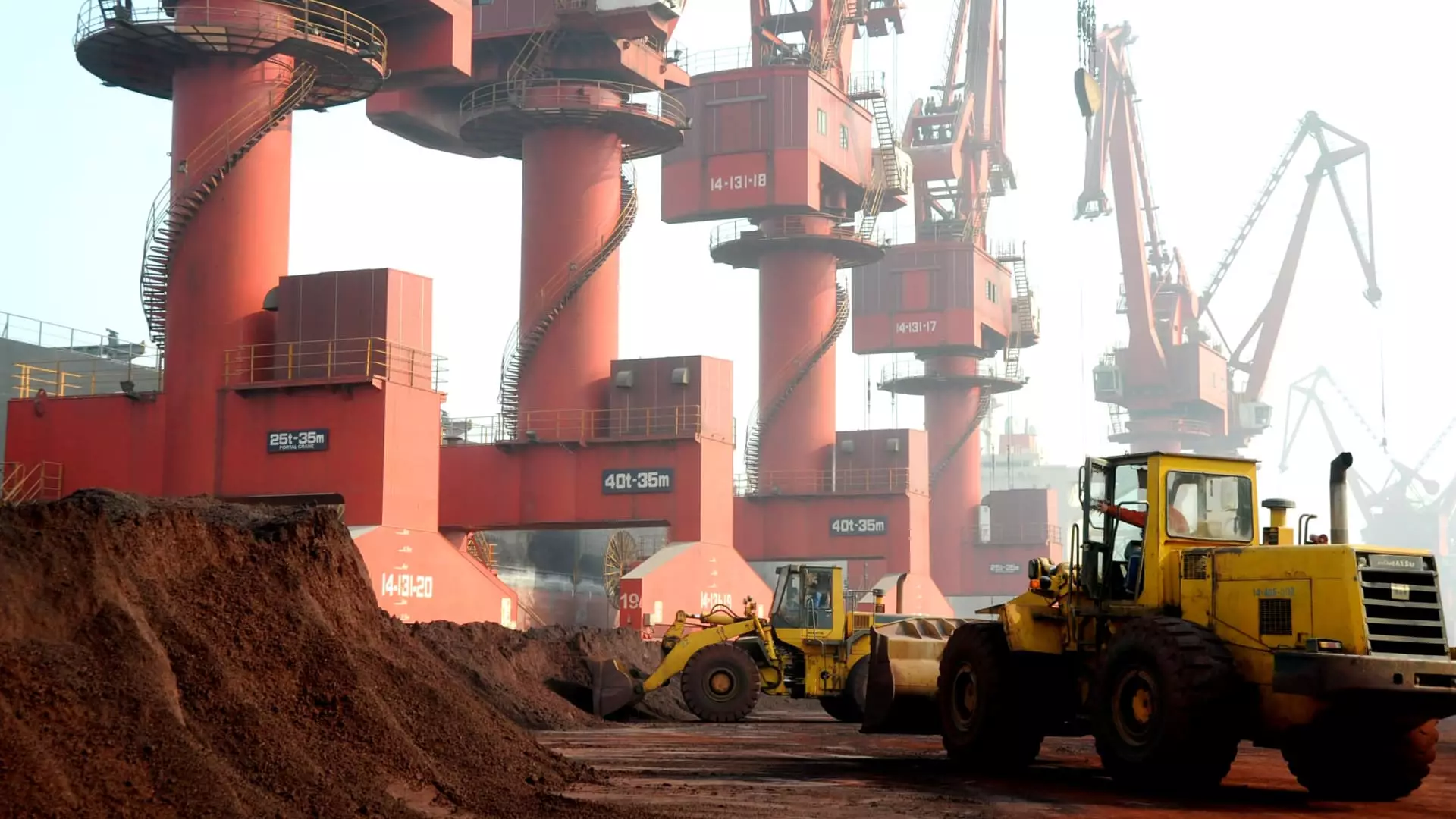China, the world’s dominant supplier of tungsten, is initiating export restrictions on this critical metal, which could reshape the global tungsten market. This decision accompanies a backdrop of rising tensions between the U.S. and China, prompting the United States to seek alternatives to Chinese tungsten. As international suppliers begin to re-enter the market, understanding the implications of these changes is crucial for various sectors that rely on this essential material.
Historically, Chinese companies have aggressively dominated the tungsten market, supply chains, and pricing structures. Analysts indicate that about 80% of the global tungsten supply has been controlled by China, primarily due to its ability to introduce cheap tungsten into the market to undercut competitors. However, the landscape is shifting as China’s past strategies are now ironically making their primary market vulnerable. As regions outside China seek to ramp up tungsten production, opportunities for alternatives are re-emerging.
This change is particularly noteworthy, given that tungsten is an essential material in various high-tech applications, including the production of semiconductors and defense systems. These export limitations are now part of a broader strategy that designates tungsten as a “dual-use” resource, which can cater to both civilian and military needs. Moreover, China’s Ministry of Commerce has mandated that businesses exporting these resources must secure licenses effective December 1, marking a significant policy shift.
The geopolitical climate is an undeniable factor in this transformation. U.S.-China tensions have significantly affected international trade relations, leading to an increased demand for non-Chinese tungsten sources. As the United States gears up for new restrictions, involving a ban on contractors buying tungsten mined in China starting January 1, 2027, the industry may experience seismic shifts. Christopher Ecclestone, a mining strategist, predicts that the limitations will eventually incentivize and make mining tungsten in alternative regions more lucrative.
On the pricing front, tungsten values have shown little immediate reaction to China’s announcement, raising concerns about the sustainability of current market dynamics. Industry observers highlight that for mining efforts to remain profitable, prices need to rise significantly above current levels, illustrating a pressing need for strategic adjustments within the market.
Amid these changes, the U.S. is gearing up to invigorate its tungsten production capabilities. The country hasn’t commercially mined tungsten since 2015, but recent developments, particularly in South Korea at the Sangdong mine, indicate a resurgence of interest in domestic sources. Almonty Industries, a Canadian firm, has announced its intentions to restore significant production levels at this historically important mine, targeting operational capacity by summer 2025.
The revival of the Sangdong mine could create thousands of jobs, underscoring an opportunity for economic development alongside resource autonomy. Furthermore, with a commitment from Almonty to supply a substantial portion of its output to the U.S., this project signals an important step towards reducing reliance on Chinese tungsten. The cooperation from the local government also creates a favorable environment for investment, emphasizing the role of public-private partnerships in achieving resource security.
While current geopolitical dynamics may shift market expectations, the broader picture indicates that the demand for tungsten will remain substantially high. Emerging projects in Kazakhstan, Australia, and Spain serve as potential critical replacements in the tungsten supply chain. Experts forecasted rising demand paired with new project developments will eventually stabilize tungsten prices, gradually reshaping the global trade landscape for this essential metal.
Additionally, U.S. Geological Survey reports show substantial identified tungsten reserves across various states, highlighting the untapped domestic potential. Companies like Demesne Resources are exploring acquisitions in the U.S., showcasing a renewed interest in domestic tungsten mining. The development of these local opportunities could play a crucial role in enhancing supply chain resilience in the coming years.
China’s forthcoming restrictions on tungsten exports come at a pivotal moment in global trade dynamics. As countries reassess their supply chains and look for alternatives, this transition signifies a broader shift towards self-sufficiency and the exploitation of domestic resources. The continuation of U.S.-China tensions undoubtedly plays a critical role in this evolution. With ongoing advancements in industrial mining efforts, particularly from countries historically reliant on Chinese supplies, the tungsten market is on the cusp of transformation. Adjustments in strategy, investment, and production are critical as the world prepares for a new era defined by heightened resource independence and geopolitical complexities.

